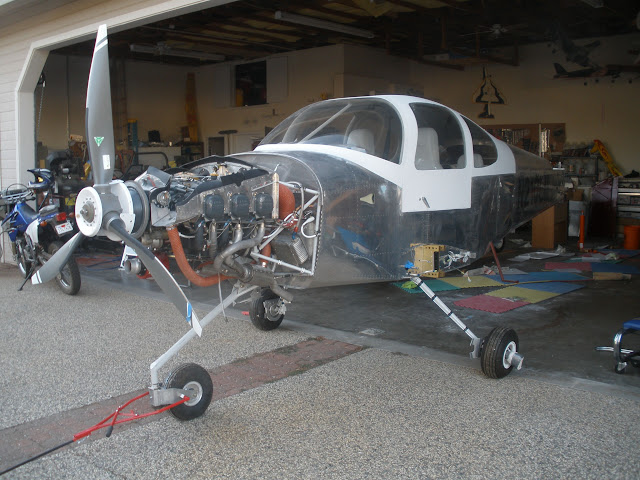We?ve been working on a new product recently, and thought it would be fun and useful to share the development process here on the web. We?re all invested in building an aircraft ? so we hope you?ll find it interesting to see what goes into building a product that goes into the airplane.
When building a new product there is a lot of initial up front work and planning. Here are some of the questions that need to be answered early on:
1. What problem does it solve?
2. Does it fit with our expertise and product strategy?
3. What are the existing and future competing solutions?
4. Can we build it at a price that we think the market will bear?
5. Do we have the resources to do it successfully?
6. What will it cost to develop, and how soon do we expect to make our money back?
7. Are our resources best used on this product or another product?
For the homebuilt aircraft market, we?re a big believer that making things simpler for builders (and not affecting the 51% rule) is a good thing. For example, Van?s Aircraft pre-punches their skins and even offers quick-build kits. Building an RV-14 is a lot easier than building an RV-4, but it is still a project.
We believe the VP-X makes wiring the aircraft easier. It is focused on what is called the secondary power distribution system ? the smaller circuits that power the aircraft systems. For us, the next logical product extension is the primary power distribution system ? managing main power (big wires) throughout the aircraft.

When building a new product there is a lot of initial up front work and planning. Here are some of the questions that need to be answered early on:
1. What problem does it solve?
2. Does it fit with our expertise and product strategy?
3. What are the existing and future competing solutions?
4. Can we build it at a price that we think the market will bear?
5. Do we have the resources to do it successfully?
6. What will it cost to develop, and how soon do we expect to make our money back?
7. Are our resources best used on this product or another product?
For the homebuilt aircraft market, we?re a big believer that making things simpler for builders (and not affecting the 51% rule) is a good thing. For example, Van?s Aircraft pre-punches their skins and even offers quick-build kits. Building an RV-14 is a lot easier than building an RV-4, but it is still a project.
We believe the VP-X makes wiring the aircraft easier. It is focused on what is called the secondary power distribution system ? the smaller circuits that power the aircraft systems. For us, the next logical product extension is the primary power distribution system ? managing main power (big wires) throughout the aircraft.











